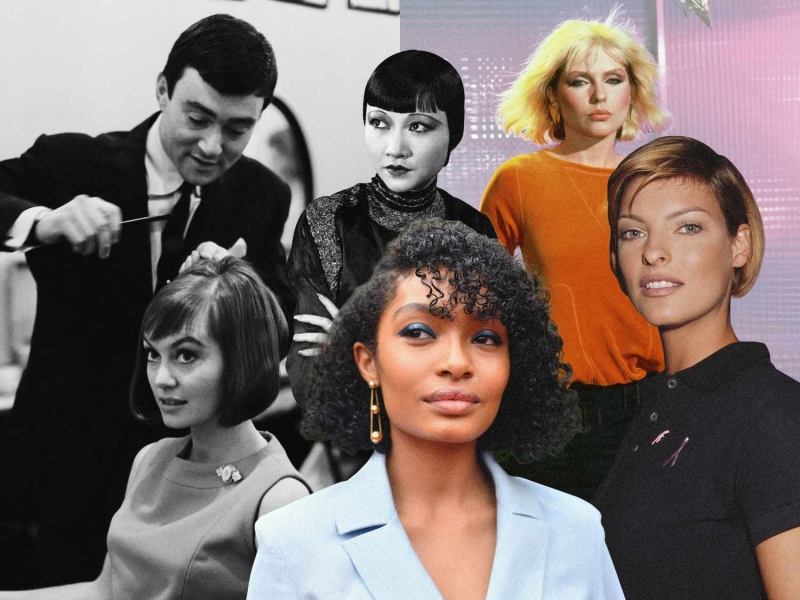Since setting off a cultural craze 100 years ago, bobs have continued to mirror the times and attitudes of their wearers.
Bobs don’t whisper; they roar. And they always have. At its inception, the cut encompassed the spirit of a new generation of emancipated women, and it’s no exaggeration to say it altered the landscape of hairdressing and self-presentation forever. “When it was first worn, the bob was radical; it was an uproar,” says legendary hairstylist Guido Palau, a force in the fashion industry whose crafted runway looks for Prada, Versace, and Alexander McQueen. “Even today, if a woman decides to cut her hair off in a bob, it’s a big statement because you’re cutting off all the ideas of traditional femininity, in a way.”
This is why it makes headlines when Beyoncé or Kaia Gerber cuts a bob. “Cutting your hair short still stands for freedom and fresh starts,” says Rachael Gibson, a journalist known as The Hair Historian. Over a century since it first burst on the scene, the bob is as relevant as ever—and its history is endlessly fascinating and worth celebrating.
While the bob is synonymous with the flapper era, the seeds of its popularity were sown at the turn of the 20th century. “As women went to work and started to enjoy a more active life outside the home, their beauty routines invariably shifted, and short hair provided a practical solution,” explains Gibson. “It caused a lot of outrage initially, as women in the white Western world have generally been expected to wear their hair long in order to be viewed as respectably feminine. Therefore, cutting hair short was very much associated with freedom and independence.” Helping put the bob on the map—and making them aspirational—were hairdresser Antoine de Paris, the first celebrity hairstylist and rumored inventor of the bob in the 1910s, and Coco Chanel, who debuted her own bobbed cut in 1917, says Gibson. She also points to F. Scott Fitzgerald’s 1920 short story, “Bernice Bobs Her Hair,” as proof that the cropped cut was well on its way to popularity before the Jazz Age.

During the Roaring Twenties, it became a true sensation and cultural phenomenon, with stars like silent film star Louise Brooks and her razor-cut fringed bob, performer Josephine Baker’s signature Eton crop (slicked and sculpted along the cheeks and forehead), and Anna May Wong’s graphic shingle cut with a V-shape at the nape, helping it skyrocket in popularity. Not to mention the throngs of flappers who were bucking traditional codes of femininity with their sleek crops, drop-waist dresses, and brassy attitudes. According to Gibson, Scottish-American opera singer Mary Garden, who cut her hair short and was, in 1927, forced to publicly defend herself in the press for the choice, summed up the spirit of the time by saying: “To my way of thinking, long hair belongs to the age of general feminine helplessness. Bobbed hair belongs to the age of freedom, frankness, and progressiveness.”
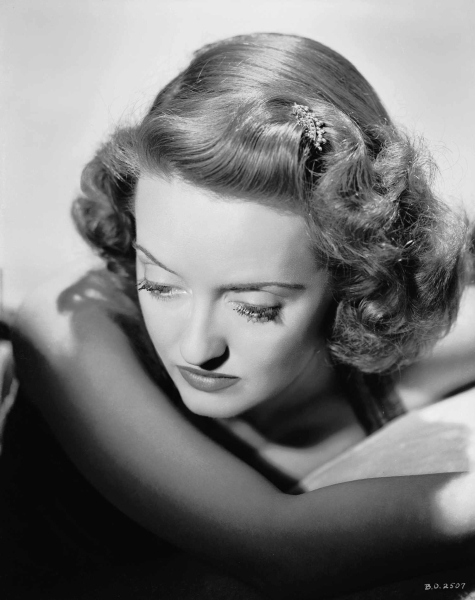
The onset of World War II ushered in another major moment in the evolution of the bob. As men went off to war, millions of women took over their jobs, from shipyards to automotive plants, calling for more functional hairstyles. “In the workforce, undertaking practical and manual roles, long hair wasn’t seen as particularly safe or suitable,” explains Gibson. “Combined with the scarcity of both time and product, there was an inevitable shift towards more wearable, efficient styles.” But despite the times, women still craved glamour, hence the introduction of and popularity of the Victory Bob, also known as the “Fighting Bob,” a chin-length cut with soft, controlled waves that were stylish, yet practical, and could be tucked neatly underneath a hat or head scarf. “The shorter hairstyles of the 1940s tended to be more elegant with pin curls and set styles to recreate the appearance of Hollywood actresses,” adds Gibson.
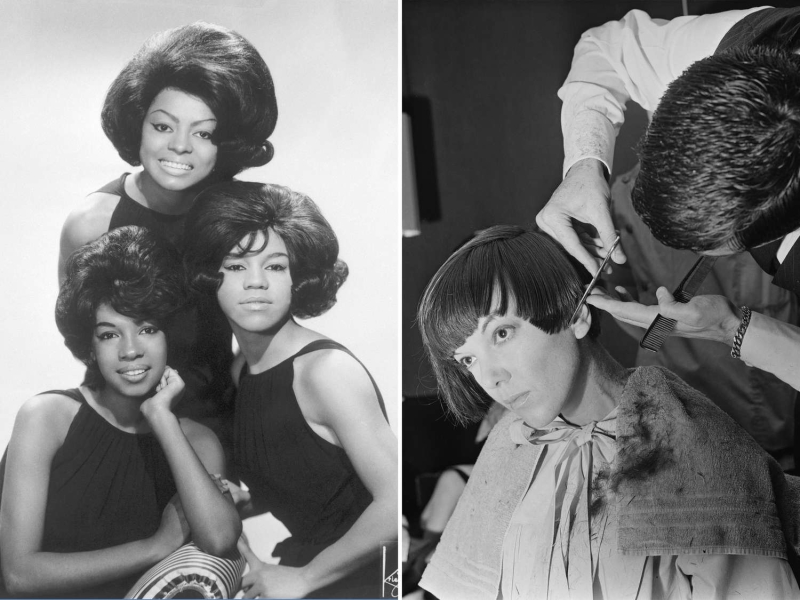
The sculptural waves and curls of wartime bobs were nowhere to be seen by the 1960s, when British hairstylist Vidal Sassoon and his angular bobs took the world by storm. “Bobs were radical in the ‘20s, and then became radical again in the ‘60s—but in a different way,” explains Palau, namechecking Sassoon’s “Five-point haircut,” an ultra-modern geometric bob worn by designer Mary Quant and Vogue editor Grace Coddington. It was defined by its precise lines and a shape that gradually lengthened toward the face with blunt ends. “Vidal Sassoon was the go-to name for cutting short, sharp, structured hairstyles, which allowed women to live much more active, practical lives versus going to the salon for a shampoo and set every week,” as had been the standard, explains Gibson. “His styles were designed to look good easily, rather than relying on products and services to set hair in place until your next visit or wash day.”
Of course, you can’t talk ‘60s-era bobs without giving honorable mention to the more traditionally “done” interpretations of the decade, like Jackie O’s flipped-out bob and The Supremes’ beehived crops, particularly lead singer Diana Ross’s.
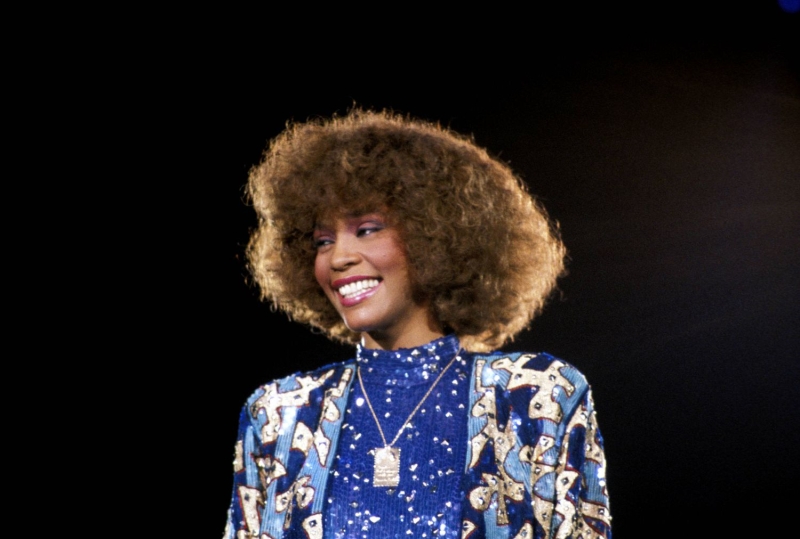
In the ‘80s, as women flooded the corporate workforce, power dressing rose to the fore. The trend extended to the bob, of course. “It was ‘80s-ified,” says Palau, nodding to the decade’s extreme volume, teasing, and hair-sprayed finish. “But there was a strength to it.” Textured variations ran the gamut from Whitney Houston’s buoyant brunette curls to Blondie frontwoman Debbie Harry’s artfully disheveled platinum waves. But in response to the graphic and exaggerated silhouettes of ‘80s clothes—sharp and strong shoulders, in particular—there was precision, too. When rap group Salt-N-Pepa broke onto the scene in the mid-’80s, their signature asymmetrical bobs were as influential as their revolutionary rhymes.
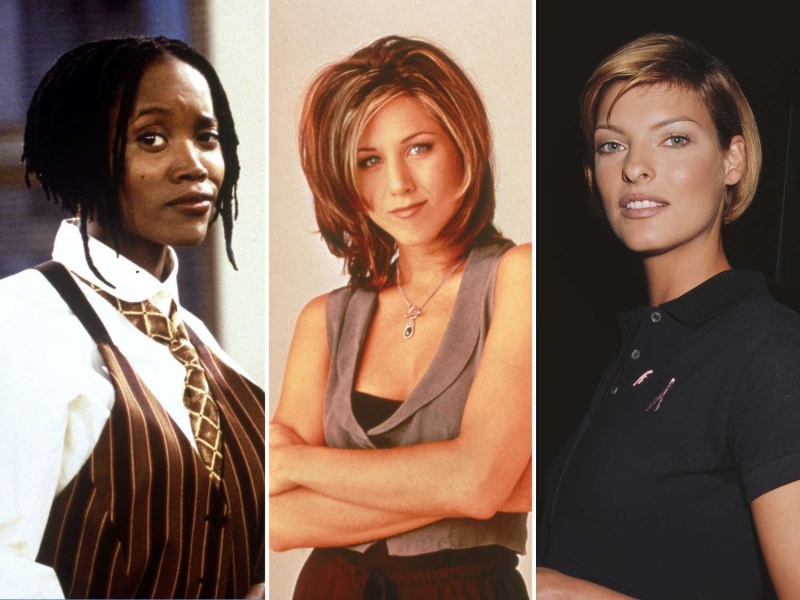
Bobs had a duality to them in the ‘90s, too. On the one hand, there were androgynous interpretations, with movie stars like Wynona Wyder and Leonardo DiCaprio in Romeo + Juliet and boy banders like Nick Carter introducing choppy, layered crops with fall-in-the-eyes bangs that evoked a certain effortlessness. This look is what hairstylist Mara Roszak calls “the ‘90s heartthrob bob,” one of her favored kinds of “softer” crops, which “have more movement and volume.” Remember Jennifer Aniston and her Friends character’s “The Rachel” culture-shifting cut? Her hairstylist Chris McMillan was inspired by the shaggy crops of male surfers and model Beri Smithers’s grown-out pixie.
Hairstylist Lacy Redway cites Maxine Shaw from Living Single, played by Erika Alexander, as another bob icon of the decade. From a fringed lob with “jagged, raw ends” to an inverted bob with face-framing tendrils, Shaw supplied endless inspiration for braided bobs. On the other end of the spectrum were the more sharp and precise bobs. “They were very much about strength and structure worn by powerful women,” says Gibson, referencing Anna Wintour and Mary J. Blige. She also credits the impact of the ‘90s supermodels, citing Linda Evangelista’s career-defining chop and Naomi Campbell’s various Sasson-esque interpretations.
Over the past 25 years, the Internet, and more specifically social media, has had an extraordinary impact on the bob. First, it’s had a significant role in democratizing it, showcasing more diversity, especially across the texture spectrum. “The bob has long been a versatile style worn by people with various hair textures—curly, coily, zigzag, wavy, and straight. But what’s thrilling today is how this style is being celebrated in its natural, full glory,” says Vernon François, a celebrity hairstylist known for championing the versatility of textured hair. “We’re seeing a shift from the traditionally sleek, precision-cut bobs to big, fluffy, carefree versions that embrace the unique behaviors and characteristics of different hair types.” He sees this progress as vital because it reflects a broader acceptance and celebration of natural textures in the beauty industry. “It’s not about creating a one-size-fits-all look but rather about honoring the diversity of hair textures and allowing each one to shine in its own way.”
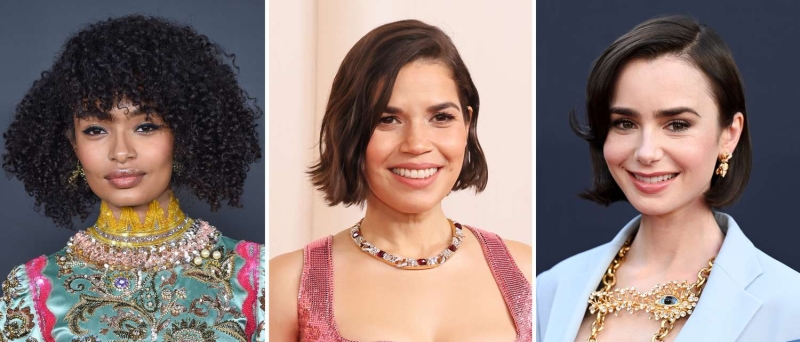
With the Internet supplying so much access to different trends, how-tos, and perspectives, there’s more education and inspiration to switch things up than ever before. “Now, we're in a time when people can be much more individual, and bobs are a way to define your personal identity,” says Palau. “It can be [styled], it can be worn very naturally, it can be blunt, it can be layered, it can have bangs.” This can be true even for a day, Redway asserts. “We’ve come so far in wigs and hair extensions that we’re able to play with styles [so] that you don’t have to fully commit,” says Redway, who once gave Zazie Beetz a one-night-only, slightly inverted curly bob. “If you just want to have a spin around the block with the bob to see how it goes, you can.”
Social media also has a way of introducing new bob trends at dizzying speeds. Over the past five years, we’ve seen a deluge of them, many tied to different regions—Think: the “French bob” or Italian Bob—and others, like The Butterfly Bob, go viral. But this isn’t new, Gibson wants to make clear. “We’ve seen catchy and cute names for haircuts for almost as long as we’ve had professional hairdressers,” she says. “People need to see themselves in a trend to buy into it or be captivated by the idea of it. Renaming bobs with endless new names might feel gimmicky, but it’s no different than calling an eyeshadow ‘ocean sparkle’ versus ‘blue.’ It creates a bit of magic and emotion, which helps you buy into the concept.”
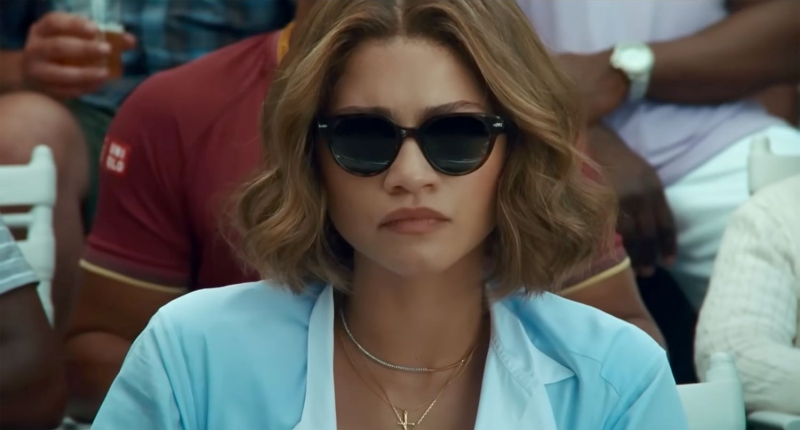
And there are, of course, the obsessed-over celebrity bobs of the moment. One recent example is Zendaya’s chin-length caramel waved bob in Challengers, which serves as a visual marker of her former tennis prodigy character Tashi’s cool strength. “Zendaya often experiments with different styles, but her wavy bob is a standout,” says François. “It’s effortlessly stylish, showing that bobs can be relaxed yet elegant.” On the red carpet, you’re bound to find a little bit of everything: The buoyant, unbridled bobs of Yara Shahidi and Tracee Ellis Ross; the sleeker, more graphic crops of Lily Collins and America Ferrera; and the lived-in wavy crops that fall somewhere in between, like those of Hailey Bieber and Laura Harrier.
The bottom line is there’s no time like the present to lop off your hair if you’re feeling inspired. “Bobs are really adaptable for any hair texture or genre of style you want, and there are so many different ideas for how you can wear your hair and how you can celebrate your hair to choose from,” says Palau. “It’s not a time of dictatorial hairstyling; it's a time to try and find out what suits you best.”
As Gibson puts it, “There’s something eternally liberating about getting your hair cut shorter and reinventing yourself, even if only for a short while.”

